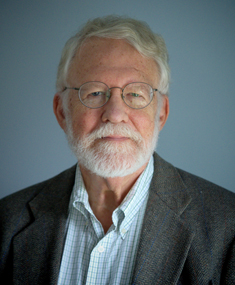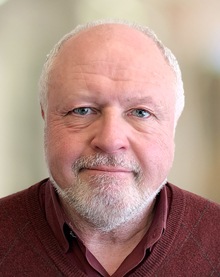A Solution to a Pointless Life: Spiritual Self-Help for Personal Development
A Solution to a Pointless Life: Spiritual Self-Help for Personal Development
Albert Amao Soria
Bloomington, Ind.: AuthorHouse, 2023. 306 pp.; hardcover, $34.95; paper, $20.99.
I have known Dr. Albert Amao Soria for many years and always found great insight in what he writes and says. I have quoted him in my own writing as a great source of wisdom of the human condition. He has traveled to speak to our Theosophical group in Minneapolis and others on several occasions and always given freely of his time and energy in unraveling the greater mysteries and the ancient wisdom tradition.
He is known in Theosophical circles as a national lecturer of the Theosophical Society in America, a keynote speaker, and author of the Quest book Healing without Medicine.
Amao’s new book, A Solution to a Pointless Life: Spiritual Self-Help for Personal Development., is probably his greatest effort yet. This book is packed with valuable nuggets of information from every relevant source from the New Thought movement to existentialism, Oriental religions, the Judeo-Christian tradition, philosophy, psychology, mythology, and mysticism. Here is a sociologist who has seriously considered the question of the meaning of life and humanity’s eternal quest for finding the purpose in living. His careful analysis of this quest through the ages brings the reader to a comforting conclusion, albeit a challenging one.
Amao laments the way political and religious organizations have left people feeling powerless, while materialism has filled people with illusions and false beliefs. He posits how our inability to find a purpose in life has led to neurosis. He pivots toward celebrating life as a beautiful learning opportunity that allows people to develop their inner potential. To fulfill one’s special purpose in life, he says, is to manifest your inner power. Striving to achieve life goals with determination awakens your innate psychological and spiritual powers.
Our long journey challenges us to learn and grow in consciousness, we are told, and that is the only real thing in the universe. As we return to life source, we add to the expanding universal consciousness that has been called by many names, including spirit, universal soul, life force, Brahman, Elohim, and God.
The point of living, then, is to become aware of this universal consciousness and consciously participate with it in the creation process. Humans are on the planet earth, the author suggests, to develop and raise their level of conscious awareness. The primary purpose of all human existence is to actively participate in awakening universal consciousness.
The depth of this author’s scholarship in sorting through common and diverse threads in philosophies, religions, and science is impressive. He walks us through both European and Latin American existentialism and the American New Thought movement. He analyzes everything from the Gilgamesh epic to The Wizard of Oz. He delves into the Vedas, the Upanishads, and the Bhagavad Gita. He considers the quest in Jainism and Buddhism. He dives into Hebrew and Christian thought and plows through quantum physics, metaphysics, and psychology.
Areas of particular interest to me include the author’s thoughtful contrast of existentialism and the New Thought movement, his analysis of the book of Job, his treatment of the life journey as a pathless land, and the conclusion that expanding consciousness is all there really is or ever will be. Best of all, he sees a big role in this huge universal consciousness for each and every one of us as cocreators.
Von Braschler
Von Braschler is a Life Member of the Theosophical Society, a former member of the publications board of the Theosophical Publishing House, and author of several books on consciousness development.


 We may ask ourselves whether we need to sacrifice something to be of service to others. This depends, of course, on how we define both service and sacrifice in personal terms. An activity in service to humanity may represent a sacrifice for one person, but not for another.
We may ask ourselves whether we need to sacrifice something to be of service to others. This depends, of course, on how we define both service and sacrifice in personal terms. An activity in service to humanity may represent a sacrifice for one person, but not for another. Napoleon Hill’s 1937 best seller
Napoleon Hill’s 1937 best seller